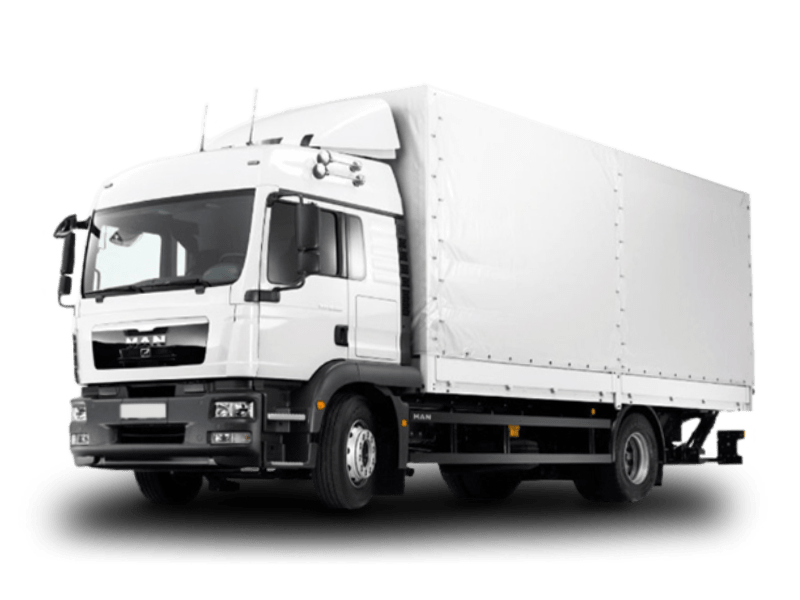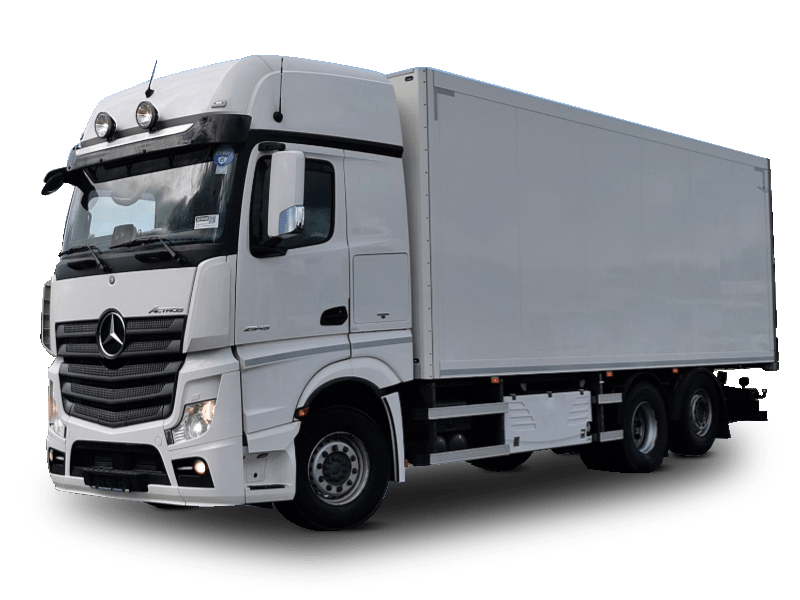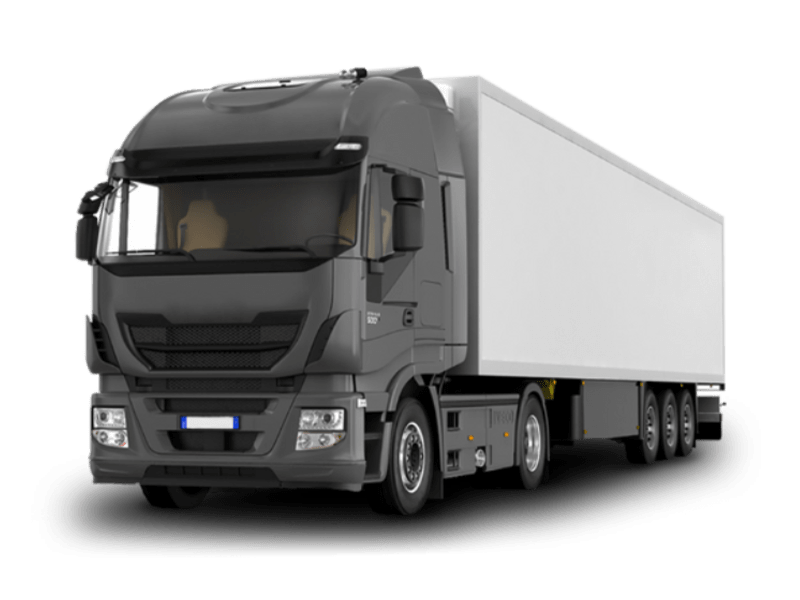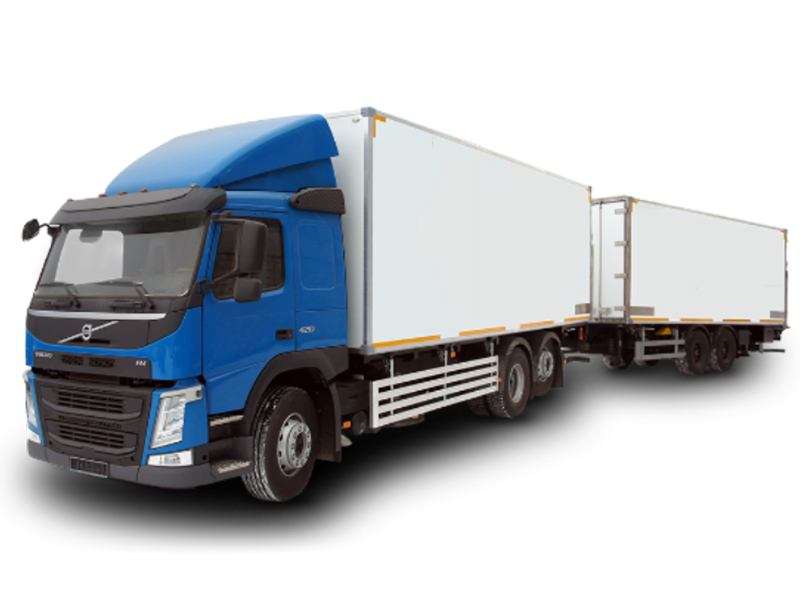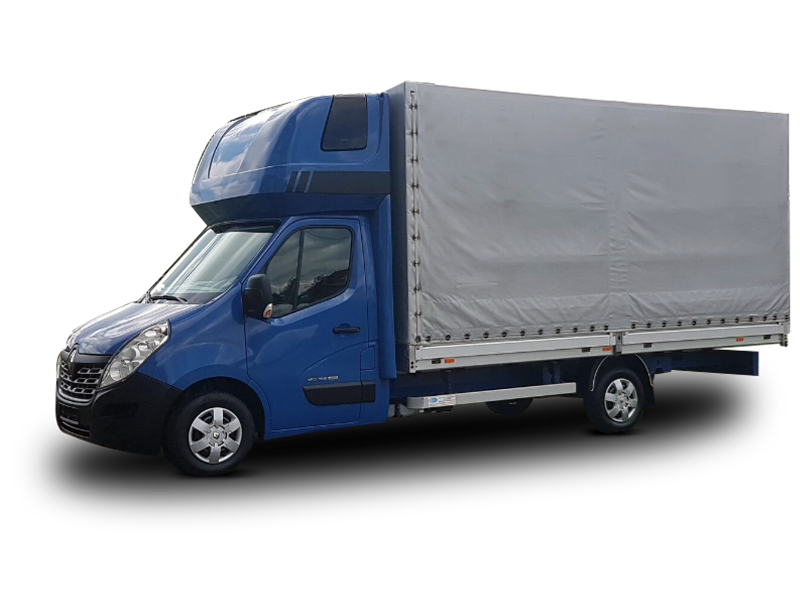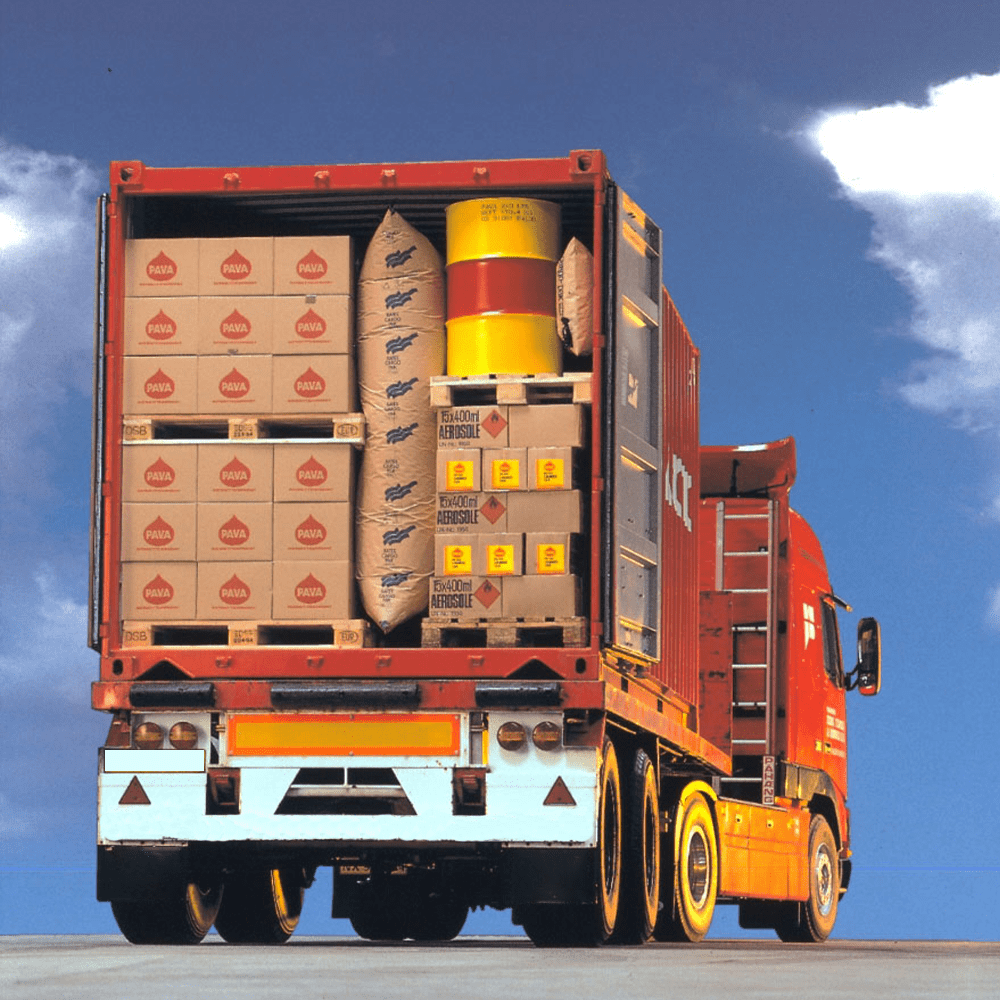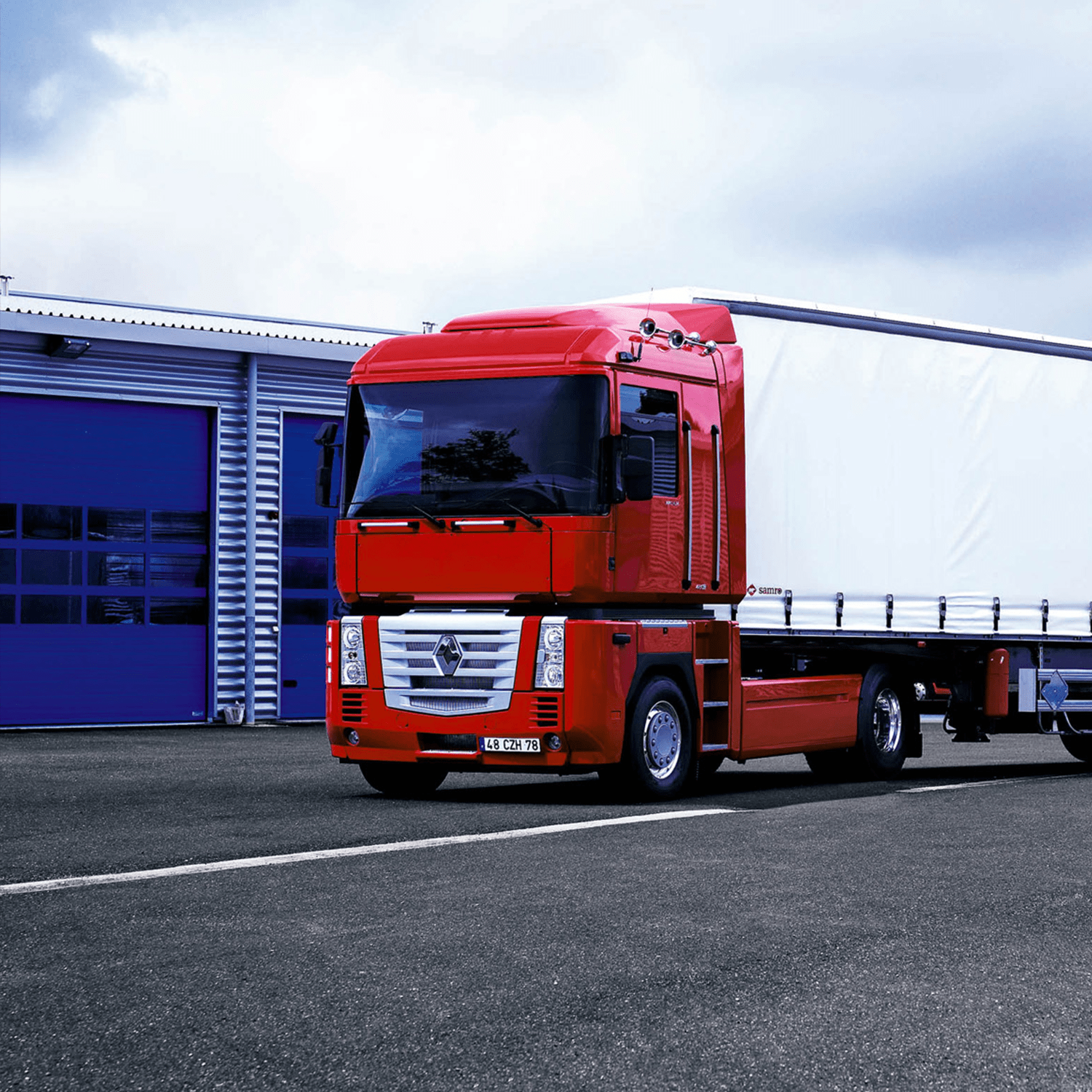Transportation of hazardous goods is a common, but at the same time a special type of logistics services. After all, the cargo that is being prepared for transportation requires more attention than usual. In order to go on the road with it, one needs to adhere to clear requirements that are prescribed in acts of legislation and regulatory documents. As for international transportation, only the vehicle with specifications meeting the contractual requirements can cross the EU border, and the driver must undergo special training and have an appropriate document evidencing the same.
That is why it is better to transport substances that pose a potential danger to people or the environment through a logistics company. Ally Logistic knows all the features of such delivery.
Classification of hazardous substances
Hazardous substances are attributed to one of the 9 classes:
- Class 1: explosives;
- Class 2: gases;
- Class 3: flammable liquids;
- Class 4.1: flammable solids;
- Class 4.2: self-combustible substances;
- Class 4.3: substances emitting flammable gases when in contact with water;
- Class 5.1: oxidizing substances;
- Class 5.2: organic peroxides;
- Class 6.1: toxic substances;
- Class 6.2: infectious agents;
- Class 7: radioactive materials;
- Class 8: corrosive substances;
- Class 9: other hazardous substances and items.
It is worth noting that substances of the third class, which are easily oxidized subject to the formation of peroxides, may not be carried if the peroxide content in terms of hydrogen peroxide (H>O3) exceeds 0.3%.
Ally Logistic has been providing such services to customers since 2007, so you can safely contact our team for advice and transportation of the required cargo.
 EN
EN

 We provide calculation within 15 minutes
We provide calculation within 15 minutes

